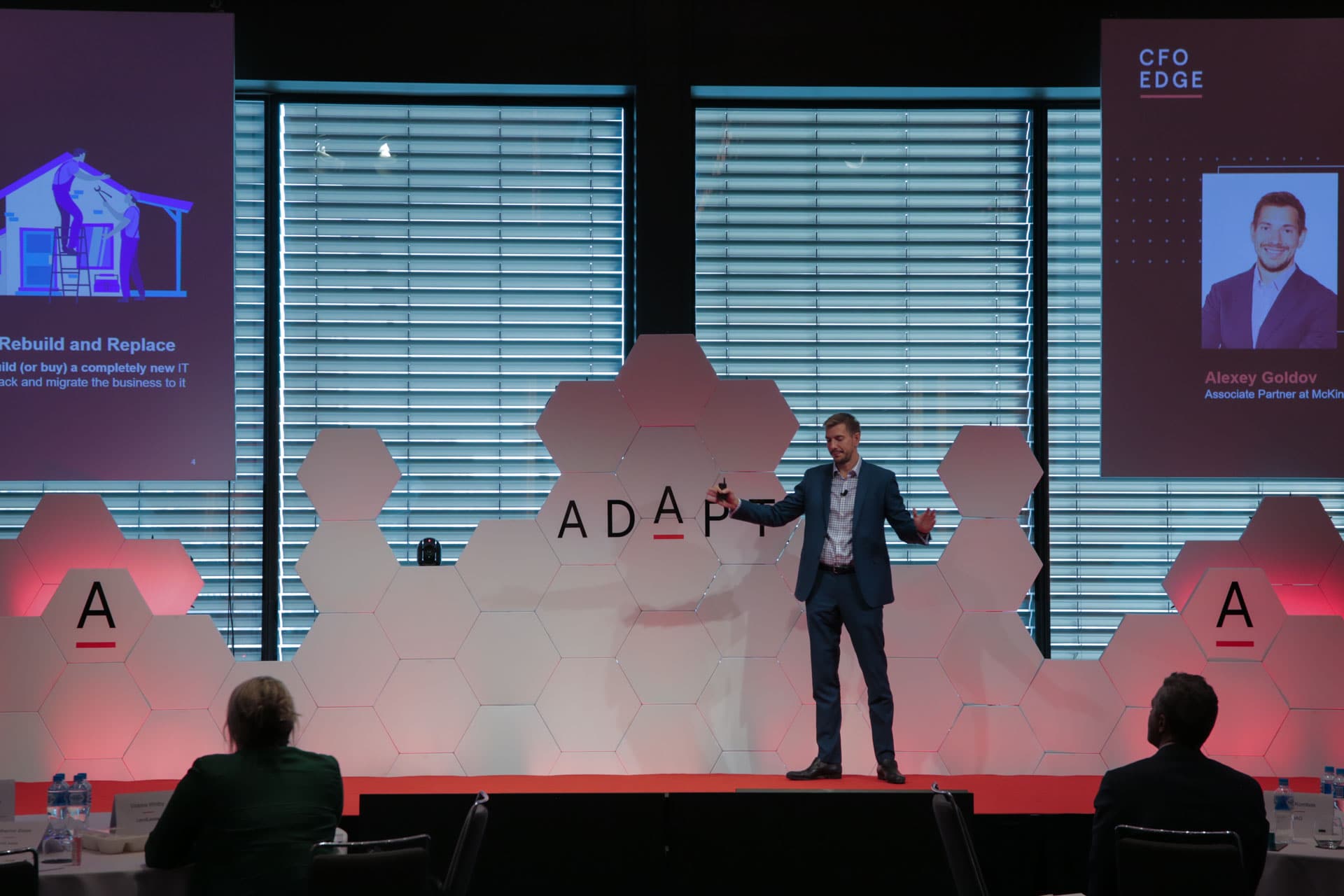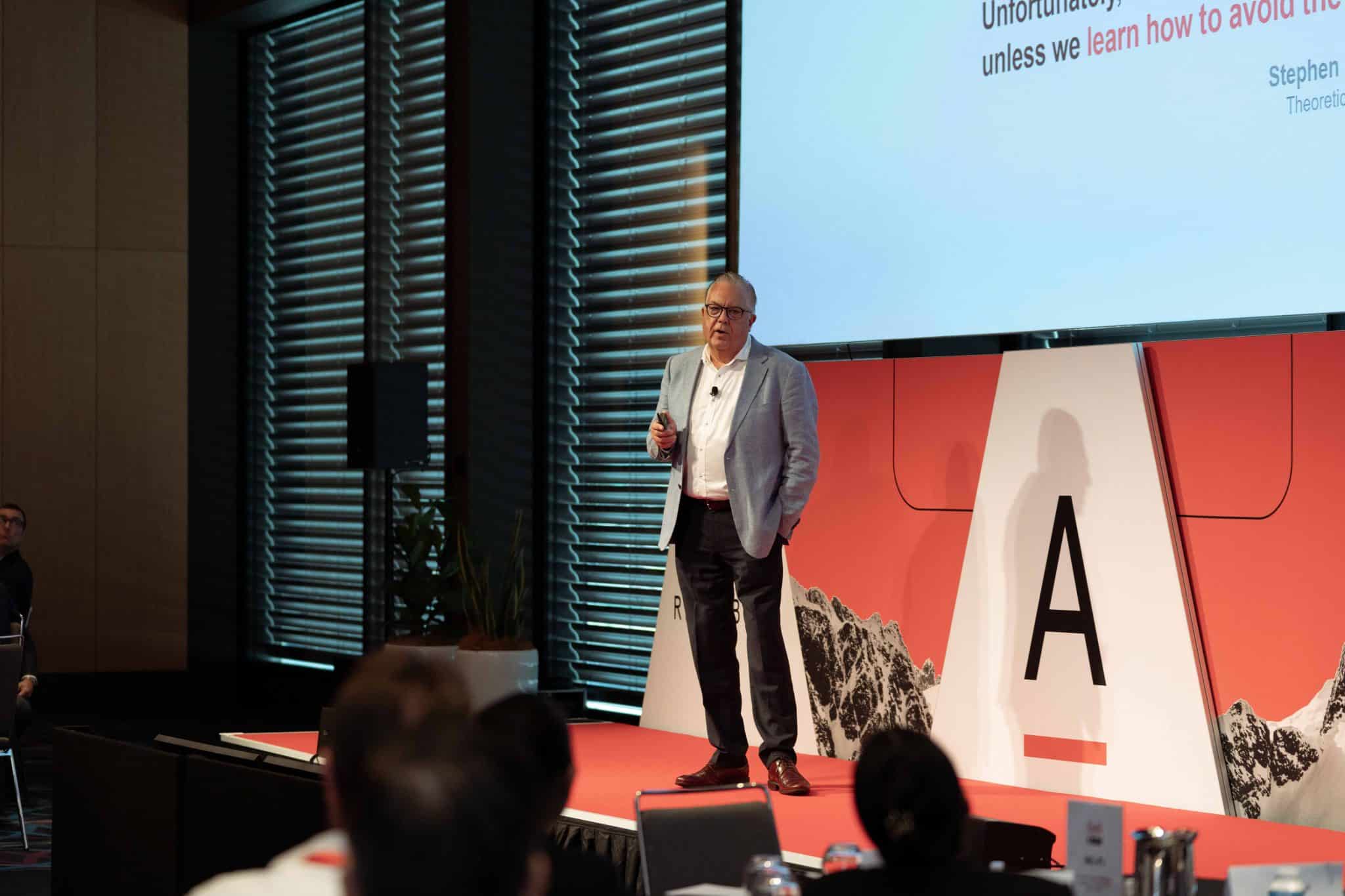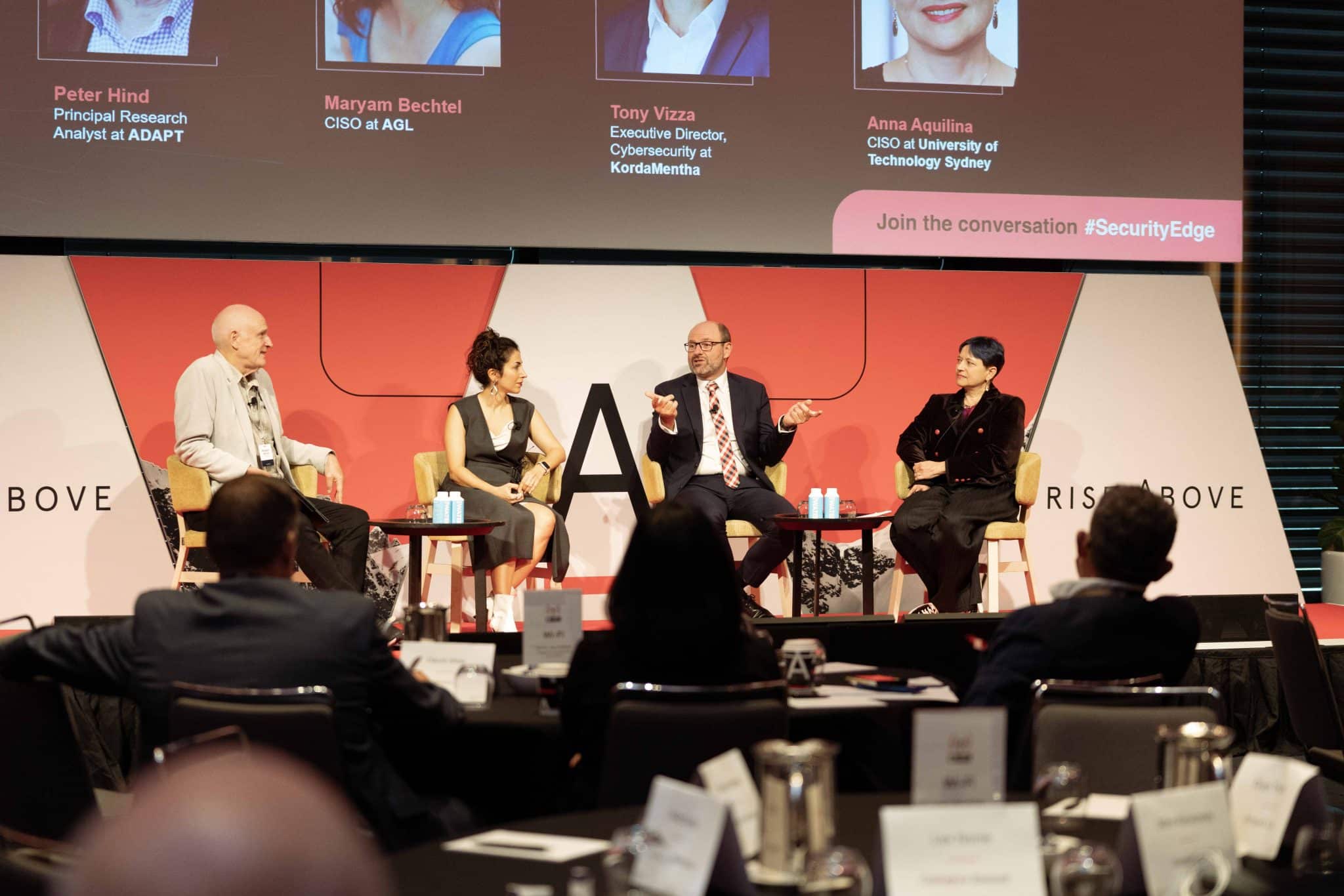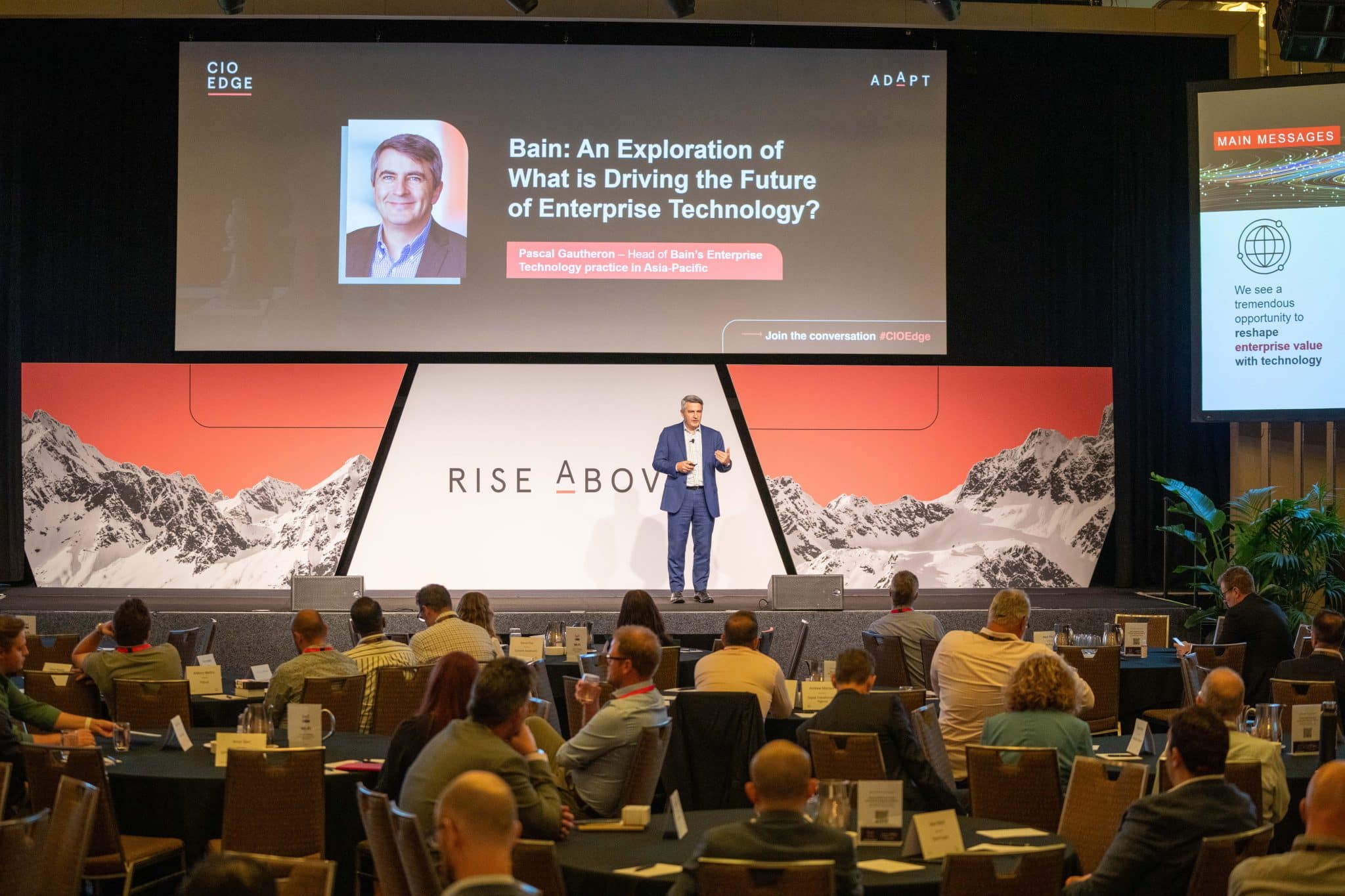At ADAPT’s CFO Edge conference, Alexey Goldov shares McKinsey’s framework for renovating your organisational technology stack to see a doubled velocity in speed to market, 20% increase in productivity, and 30% decrease in cyber risk.
The impacts of the pandemic are driving companies to double down on digitisation, increase agility, look again at business continuity plans and impacts on their workforces as they move into the ‘new normal.
To thrive in these challenging times, organisations need to be more nimble, customer-centric, and cost-effective.
By transforming their core technology stack today, organisations will position themselves to facilitate growing digital demand, withstand higher regulatory pressure, and enable greater innovation.
To unlock the full keynote video and access an entire catalogue of ADAPT’s expert presentations, localised research, case studies, downloadable data and community interviews, speak with a Senior Research Consultant today.
Transcription:
We did a bit of research, and the University of Oxford research came up with a similar result.
More than 80% of large technology transformations do not deliver.”
They do deliver some, or they don’t deliver at all, or they don’t sustain the impact, which means their main reasons are around execution.
Which is how you do it because more or less we know what the North Star looks like.
The how is where the problem usually is. We thought through this, and we came up with a relatively simple framework with four steps and three enablers on how to deliver those transformations.
How is where the problem usually, and we thought through this, and we came up with a relatively simple framework which has four steps, and three enables how to deliver those transformations.
I’ll quickly go through those steps.
The first step is understanding the full potential.”
It’s more or less set the aspirational goal for your technology transformation when you get to land on the moon.
If the bar is relatively low, you’ll probably land even lower, and it will not give the actual outcome that you expect to have.
This is quite aspirational that this should be an aspirational drive behind the transformation with big numbers on the top. It should be quantifiable as well.
Secondly, you need to ensure that behind the aspiration, there is a plan.“
You need both because I’ve seen even in my career, you end up with a plan but with no aspiration, which normally leads to something quite incremental, or there’s a lot of aspiration coming from the CEO and from the board with no plan, which is probably even worse because you do spend money, but you don’t know from what.
Those are two important steps.
Step number three is to plan granular initiatives.”
When you have the aspiration, you have the overall architecture of your plan or blueprint.
This blueprint and architect must be filled in with those small increments of value you deliver in an agile way.
What is the small incremental value that this person or this person is driving to get us there?
By having this granular plan that can be hundreds of thousands of initiatives, you can have a proper execution plan that you can take and then execute against.
Then you go into the execution. It doesn’t look like a waterfall, by the way, but there is a feedback loop between numbers three and four.”
If the execution doesn’t work, you’ll go back to step two, and you normally don’t change the architecture overall, and you execute on the plan.
That’s the four steps. Again, this framework and I’m from McKinsey. We love frameworks. It’s relatively simple, but again, it works.
There are benefits to doing this. Not only do you tackle the challenges, but there are benefits.
When the transformations are successful, we see velocity being increased at least twice. Time to market decreases significantly.
We’ve seen time to market going from a six-monthly cycle to a weekly cycle, which is massive.”
Productivity benefits 20+% or more. You need to have this super team or approach to harvesting those benefits and being sure that you learn them.
Risks are especially important for the financial sector, focusing on risk these days, but cyber risk is big for everyone. Risks are especially important for the financial sector that focuses on risk these days, but cyber risk is big for everyone.
If you have old, obsolete multiple systems sitting in your core or your technology estate, they are prone to risk, at least from the cyber. This is what is massively tackled by the proper core technology transformation.
To unlock the full keynote video and access an entire catalogue of ADAPT’s expert presentations, localised research, case studies, downloadable data and community interviews, speak with a Senior Research Consultant today.


























